Don’t call it a ghost town
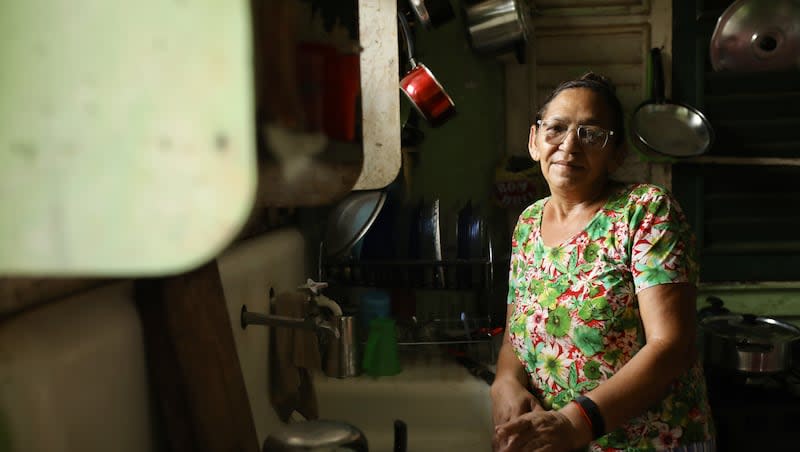
- Oops!Something went wrong.Please try again later.
Henry Ford had an idea.
At the time, he was one of the richest men in the world, thanks to his automobile empire. But he needed control over a rubber supply. So why not make it himself? In the 1920s, most rubber was produced in Southeast Asia. Rumors of a rubber cartel that could dictate prices worldwide sparked the decision to create a plantation where he could produce his own supply.
Ford settled on the Amazon and eventually bought $20 million worth of rainforest — almost 4,000 square miles — off Brazilian authorities. He sent American executives to oversee the construction of the town and plantation. Trees were razed, the rubble of the forest was doused in kerosene and a huge fire was lit to clear the earth. Boats loaded with heavy machinery floated up the Amazon River. Workers from across Brazil poured in to make Ford’s vision a reality. In 1928, Fordlândia, Ford’s dreamt-of utopia, broke ground.
A school was built. A hospital went up. There was a cinema constructed, to entertain residents when off the clock. Swimming pools, a tennis court, streets lined with Fords and a golf course rose from the charred rainforest.
By 1945, the experiment failed, and the Ford Motor Company sold the land back to the Brazilian government for only $244,200. Nearly 100 years later, Fordlândia may look abandoned, but it’s not.
The tale of Fordlândia is about limits of a certain rationalization of the world. But it is also one of total blindness to everything that surrounds us.
Today, the sun dips toward the Tapajós River as a hot and humid afternoon draws to a close. Classes have ended and kids in uniform are hanging out in front of the school, soaking up each other’s company before parting ways and heading home. Behind them rises a decaying warehouse with broken windows — a vestige of Fordlândia’s past.
Roughly 2,000 residents live in the town, complete with a church, a health post and a few guesthouses and small eateries. Youngsters play Brazil’s favorite sport, soccer, near the long-overgrown golf course once built for Americans. Outside the school, 17-year-old Kayná Bodsiad strides up to me. “Are you here to talk about Henry Ford’s fiasco or the ghost town?” he asks. His question is a stark reminder that journalists, historians and curious visitors have flocked to Fordlândia over the years as a geographical curiosity, drawn by its strange past. Residents are used to catching sight of them wandering around, their skin glistening with sunscreen and cameras around their necks.
“Ghost town” is a trope in the eyes of math teacher Eliana Cardoso Costa. “I would strongly ask you not to use the word ‘ghost,’” she says, frowning from behind her desk in a high school classroom. Cardoso Costa, a 61-year-old woman with square glasses, grew up in Fordlândia. “There needs to be more respect because here there are lives.”
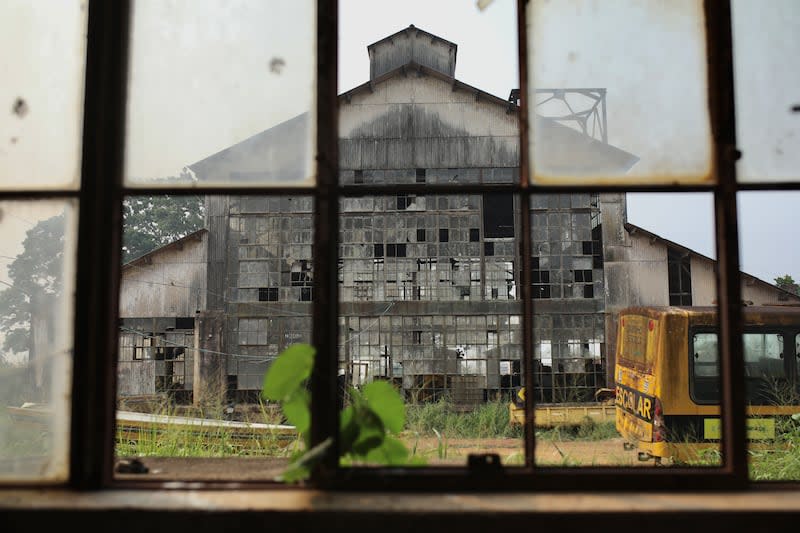
The false assumption that this corner of the Amazon needs someone to bring it to life was the heart of Ford’s great experiment from its beginnings. “We are not going to South America to make money but to help develop that wonderful and fertile land,” Ford said in the Magazine of Business in 1928. Fordlândia was conceived as an oasis of civilization amid an untamed jungle. “The Amazon Awakens,” a 1944 film produced by Walt Disney Productions in partnership with the U.S. government’s Office of the Coordinator of Inter-American Affairs, took the viewer on a tour of the Amazon. A narrator described Fordlândia as a “model community” located “deep in the wilderness,” preparing “the future conquerors of the Amazon.” In the town’s center stood the Dearborn, Michigan-style factories, looking lost in the jungle.
Disillusioned with American urbanism, Ford envisioned the rubber plantation as a modern pastoral paradise. Under his orders, American executives enforced a ban on gambling, prostitution and alcohol. Hygiene was strictly monitored. Inspectors would visit workers’ houses and instruct them to hang their washing on lines, rather than lay them out to dry as was customary. A factory-like conception of time reigned. Plantation bosses used a siren to call employees to report to their stations. A strict hierarchy between white executives and local Brazilian workers was etched into the town’s design as well. Three streets of mill town bungalows were built near the sloping riverbank for local workers. At least a mile away stood the “American neighborhood.” “On one side, the Americans, on the other, the rabble,” says Luiz Magno Ribeiro, a teacher and local historian.
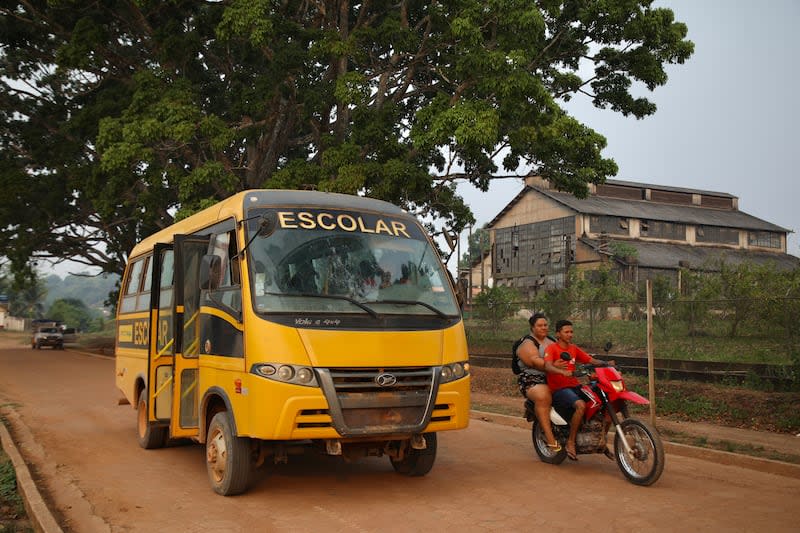
Food was a particular source of contention. Workers’ children were served “scientifically balanced meals,” according to the 1944 film. These included oatmeal, whole grain rice, canned peaches and sometimes fish, which was known to be rotted by the time it was served. Ford abhorred cow’s milk, which was replaced by a soy equivalent. Anger and frustration came to a head in the newly inaugurated eating hall, when, in December 1930, a visiting executive proposed to have the men line up for their food. “We are not dogs that are going to be ordered by the company to eat in this way,” one worker said, according to author Greg Grandin. Tensions peaked and soon workers were smashing pots, glass, plates, tables and chairs. Rioters destroyed cars, equipment and machinery during a rampage that caused thousands of dollars of damage.
Known as the “Breaking Pans” revolt, the rampage was the culmination of Brazilians’ dissatisfaction with Ford’s project. The imposition of an idealized way of life dreamt up back in the U.S. and forced upon locals fostered deep-seated grievances that weren’t healed. Because of this, experts conclude that Fordlândia failed at least in part due to an inability to adapt to the local culture and environment.
Disillusioned with American urbanism, Henry Ford envisioned a modern pastoral paradise.
The Ford era still serves as the backbone of much of the town’s infrastructure. To this day, water is pumped from the river and distributed to houses across the town, much as it was in the 1930s. But problems are common. The pipework has yet to undergo needed maintenance and getting new parts to Fordlândia is a challenge. Some inhabitants of Fordlândia remember the founding of the town with nostalgia, recalling modern health services — the emblem of which was the contemporary, sleek hospital. A 2012 fire destroyed much of the hospital’s furniture. Thieves looted what remained, stealing equipment containing lead and copper to sell. Today’s residents go to a small center for minor needs but are forced to head to Santarém, the nearest big city that lies a minimum six-hour boat ride away, for more complex care.
Edilson de Araujo Branco was born in the hospital built during the Ford era. He lives in the former workers’ part of town, in one of the once-identical rows of clapboard, wooden houses. “We’re making the most of what they left,” he says from the porch of his home. Across town, where the American expats used to live, a similar sentiment reigns. The once-stately houses are occupied by Brazilians who are technically squatters. “It’s a blessing, living here,” says Altina da Costa Castro, a short woman whose graying hair is tied back in a ponytail. “The house is big … and I can have a vegetable plot and a henhouse,” she adds as she pulls clothes off the line.
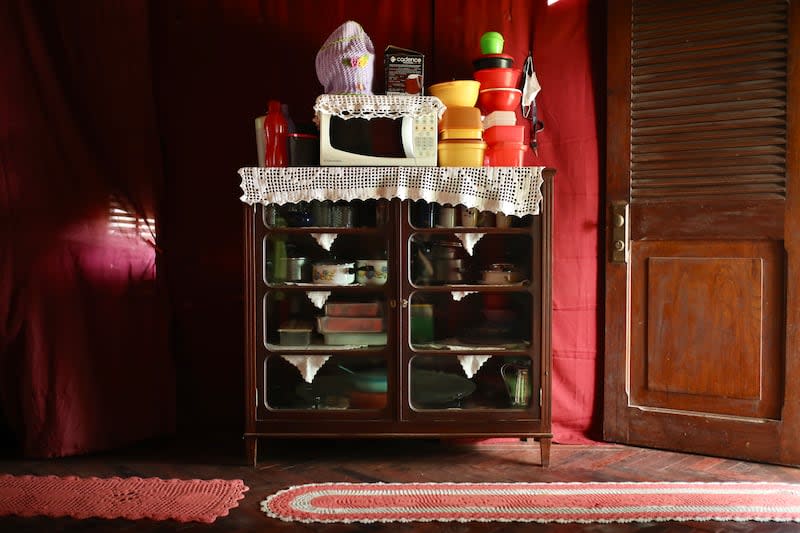
Castro makes sure the house is kept spick-and-span. The original floorboards are regularly washed. Plastic Tupperware is piled on top of a varnished dining cabinet that once contained an American family’s silverware. Castro’s partner, 79-year-old Expedito Duarte de Brito, found paintings that he believes once belonged to Americans in the garden wrapped up in a plastic cover. Those hang proudly on the wall. Duarte de Brito considers himself a guardian of history. If he could, he would do more repairs to the house, but the modest retirement stipend he lives off does not allow for projects like rebuilding a roof.
Many of Fordlândia’s other buildings show signs of neglect — if they are still standing. The cinema from the era was recently torn down. Fordlândia started falling into ruin after the Ford Motor Company left less than two decades after it arrived. No one left was able to front the bill for upkeep, but locals refused to give up on their new town. For Magno Ribeiro, the local historian, Ford’s failure was ultimately due to a brazen disregard to understand the natural environment. “Ford had the best engineers, doctors, electricians … but he forgot the best specialist in the Amazon.”
Not hiring a botanist in those early years proved disastrous. Ford engineers planned to plant rows of hevea brasiliensis, commonly known as the rubber tree. When tapped, the tree spills a waterproof sap, which can be processed into latex. But in the rainforest, the rubber tree grows best naturally dispersed and widely spaced apart. In tight rows, they become vulnerable to fungus and pests that spread from tree to tree. Ford’s trees wilted again and again.
Most of the buildings still in use in Fordlândia are those constructed by the Ford Motor Company, maintained and repurposed by residents.
“The tale of Fordlândia is about limits of a certain rationalization of the world. But it is also one of total blindness to everything that surrounds us,” says Margareth da Silva Pereira, an urban architect and historian who teaches at the Federal University of Rio de Janeiro. Fordlândia’s past holds lessons for the struggles both the region and the world are facing. “An idea of development based on the understanding of nature as something separate from human society persists until this day,” says Ana Luiza Silva, an architect and Ph.D. candidate at the Federal University of Bahia. She co-authored the article “Fordlândia — Ruin of the Future.” Silva says this type of development relies on the exploitation of nature, which is seen only as a resource.
Deforestation is playing a part in rising global temperatures, which makes extreme weather events — such as wildfires, floods and droughts — more likely. In the Amazon, backers of former Brazilian President Jair Bolsonaro see deforestation as necessary to make way for development, namely cattle ranching and soy plantations. Some small-scale farmers also engage in deforestation, driven by a lack of economic alternatives. Now, the new extremes are being felt in real time. A historic drought in the Amazon had dramatic consequences for millions of people last year. Some communities were left stranded without access to drinking water, food or means of transportation. In November, smoke hung in the air in Fordlândia, rising from wildfires lit by humans for deforestation.
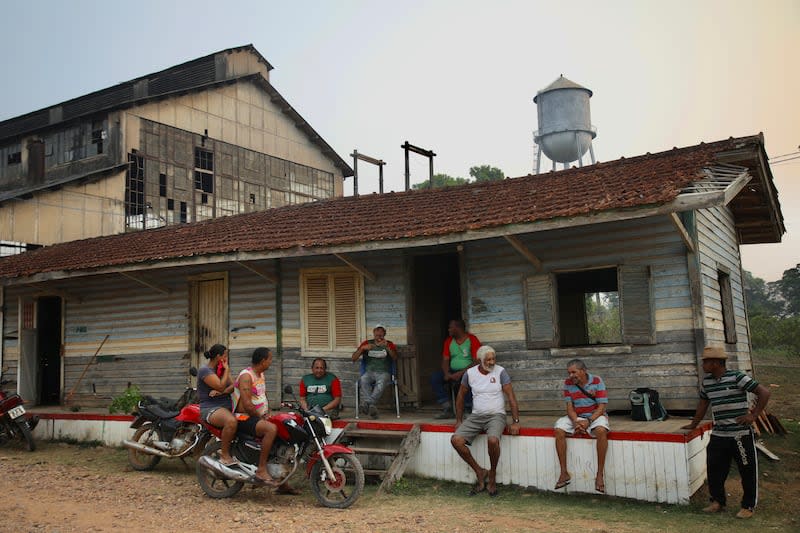
“The fires are a huge problem,” says Bodsiad, the teenager, who wants to study environmental biology. “We can’t even see the other side of the river because of the smoke.” Like many of his classmates, Bodsiad wants to leave Fordlândia due to a lack of opportunities. “Financial resources don’t reach us here. And few people visit the town, which would give a boost to the local economy,” he says.
In 2021, GDP per capita in Aveiro, the broader municipality of Fordlândia, was one of the lowest in the country (approximately 9,000 reais, compared to 53,000 reais in Rio de Janeiro). Now the question isn’t if Fordlândia is a ghost town, but if it can continue to exist and not become one.
For decades, residents have fought for historical recognition by Brazil’s National Historical and Artistic Heritage Institute (Iphan), a status that would protect buildings from the era. Historical recognition is important, says Magno Ribeiro, who despairs at the lack of maintenance. But many who live in historical houses also want to be granted documents attesting that the house they have resided in for years belongs to them. For the time being, their homes belong to the federal government, and inhabitants live with the threat of eviction.
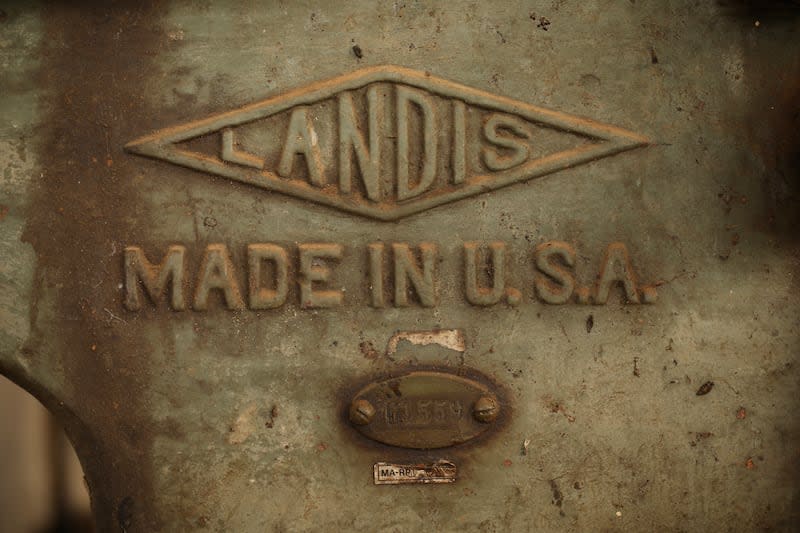
Historical recognition could boost tourism and provide a much-needed extra source of income for residents. But Pereira says there is a risk of turning Fordlândia into a destination where day-trippers head to the town, hoping to glimpse remnants of Fordlândia’s past. That could clash with residents’ concrete needs — such as documents attesting their ownership — and only further the town’s reputation as a “ghost town” through tourism marketing. Magno Ribeiro reminds me that here, there are no ghosts. “Ghosts only exist in rich people’s castles,” he says. Maybe, then, this town’s only ghost is Henry Ford himself, since he never actually visited the place we still call Fordlândia.
This story appears in the May 2024 issue of Deseret Magazine. Learn more about how to subscribe.

